Completing the story is certainly not the end for your character in Diablo 4, as Paragon Glyphs and the Paragon Board can add a whole new dimension to your characters.
A feature that can be farmed to create even stronger builds, Paragon Glyphs are a key component of the endgame in Diablo 4 and will be a focus for anyone wanting to increase their power.
By using Paragon Glyphs and the Paragon Board, players are given greater customization to their builds, increasing the variety of approaches that can be adopted for each class.
How to unlock the Paragon Board & Paragon Glyphs in Diablo 4
In order to have access to Paragon Glyphs, you must hit level 50. you can then access the Paragon Board at any time by opening the skill tree and navigating to the “Paragon” tab.
You will then be able to unlock Paragon Glyphs and will be given a handful by default when the system is unlocked. In order to gain more, monsters must be slain, dungeons must be completed, and RNG must be kind.
Higher World Tiers offer an increased chance at rare drops, such as Paragon Glyphs, but you do not need to be in World Tier Three (Nightmare) in order to have access to them.
I advise skipping World Tier One entirely, however, and starting on World Tier Two. The additional gold and experience are worthwhile, and it makes the jump to higher World Tiers easier to navigate.
Related: Best Gems for Barbarians in Diablo 4
Paragon Board in Diablo 4, explained
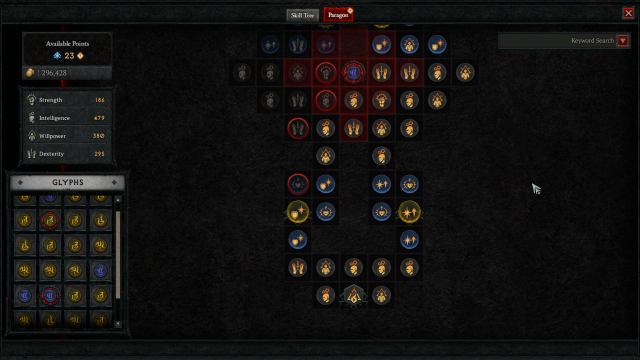
After reaching level 50, the normal level cap in Diablo 4, all XP earned will go towards gaining Paragon Points, which are given for every 25 percent of the XP bar filled. Essentially, this translates to four Paragon Points per level.
You can earn additional Paragon Points for fulfilling all of the Renown requirements in each of the five regions, with four points given for each location completed. Using these points, you can unlock nodes on the Paragon Board to further customize your class and abilities. Overall, there is a total of 220 Paragon Points to distribute.
Using the Paragon Board, you can increase the four core stats in the game, though not all classes or builds make use of them all and they are instead affected by your playstyle, character, and build.
- Strength – Increases Armor
- Intelligence – Increases skill damage and resistance to elements
- Willpower – Increases resource generation and healing received.
- Dexterity – Increases dodge chance and critical hit chance.
As mentioned, not all characters rely on those stats. For example, playing as a Rogue I tend to focus on increasing my Strength and Dexterity in order to take more hits and have a higher critical hit chance. A friend playing as a Sorcerer, however, is unlikely to use strength, while Necromancers will want Willpower.
It is possible to reset your Paragon Board if you are leaning towards a new build, but it can be a costly affair, so I advise saving all gold for these sorts of changes and only resetting the entire board when it is required.
Related: All Diablo 4 World Boss spawn times and locations
What are Paragon Nodes in Diablo 4?
Each class in Diablo 4 has its own starting board, which comes with unique node types.
Normal Nodes provide an additional five points to a particular stat, Magic Nodes can grant bonuses to cooldown reduction and resistances, among others, Rare Nodes provide two types of bonuses, plus a bonus if you meet the requirement shown, and Legendary Nodes are the feather in the cap of your build.
A Board Attachment Gate at the end of the board provides a plus-five bonus to all stats and allows a choice of the next Paragon Board. This choice is important, as it locks in play styles and benefits.
Therefore, we advise having the majority of your build worked out and a planned route in your mind to go down to ensure you get the best possible results from the Paragon system.
Related: Best Aspects for Necromancers in Diablo 4
Paragon Glyphs in Diablo 4, explained
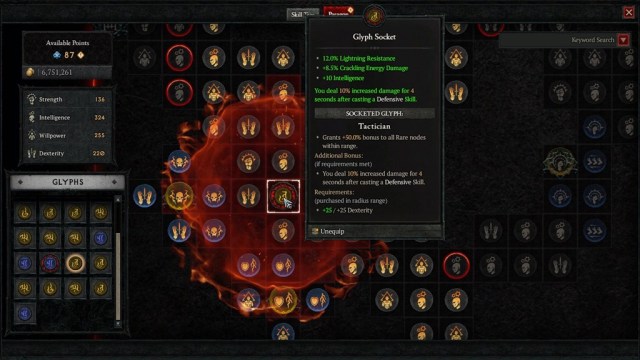
Paragon Glyphs are powerful items that amplify the effects of any unlocked nodes and provide bonuses that can make your build even more deadly and are class-specific, so can further enhance the route you choose to go down.
Paragon Glyphs come in two rarities: Rare and Magic. Once you hit level 50 and unlock the Paragon Board, you are given level one versions of every Magic Glyph. To get Rare Glyphs, you must complete endgame activities and hope for some luck.
They are only usable at specific Glyph Sockets on the Paragon Board and, once placed, empower relevant nodes. A Magic Glyph starts with a radius of two and increases to a radius of three at level four, while Rare Glyphs start with a radius of three and increase to a radius of four.
Each Glyph has a secondary effect that is activated when a certain total of a specific attribute is met and within the radius of the Glyph, which means you should focus on hitting that threshold so they unlock the effect.
What is really handy is that Glyphs can be removed from the Paragon Board without any sort of penalty, so we advise mixing things around until you find a combination that works for you.
How to level up Paragon Glyphs in Diablo 4
Like other items in the game, Paragon Glyphs can be leveled up after beating Nightmare Dungeons to improve their effectiveness.
All Glyphs start at level one and increase through experience, with a growing amount to reach higher levels.


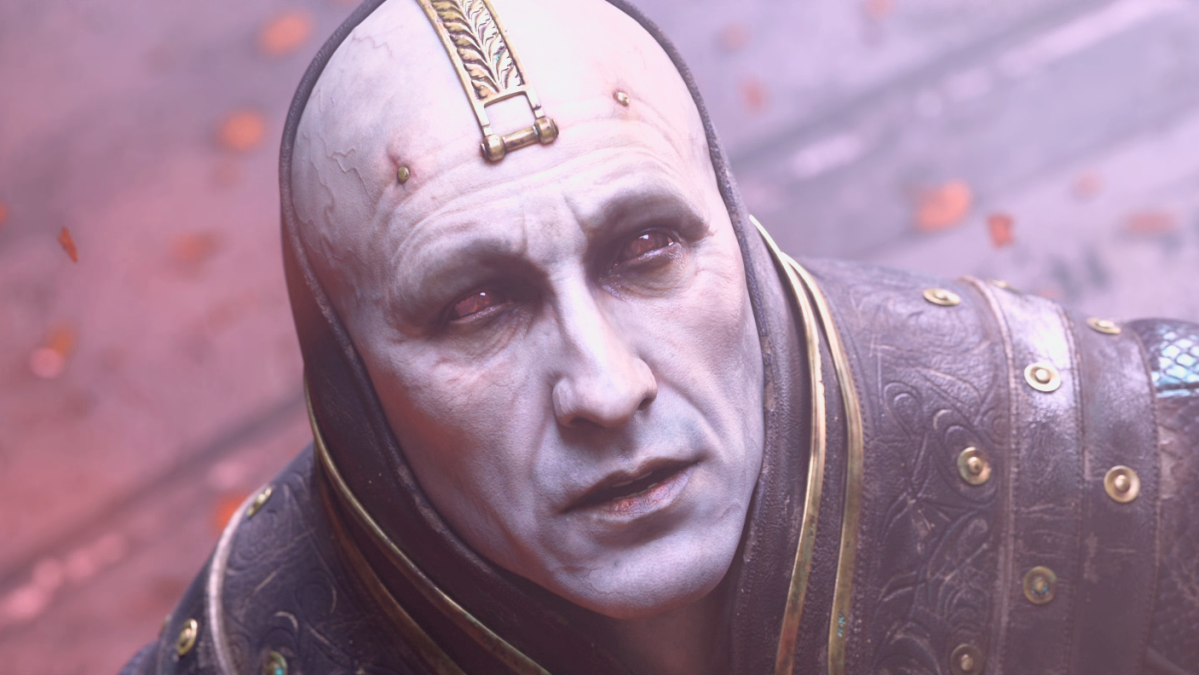
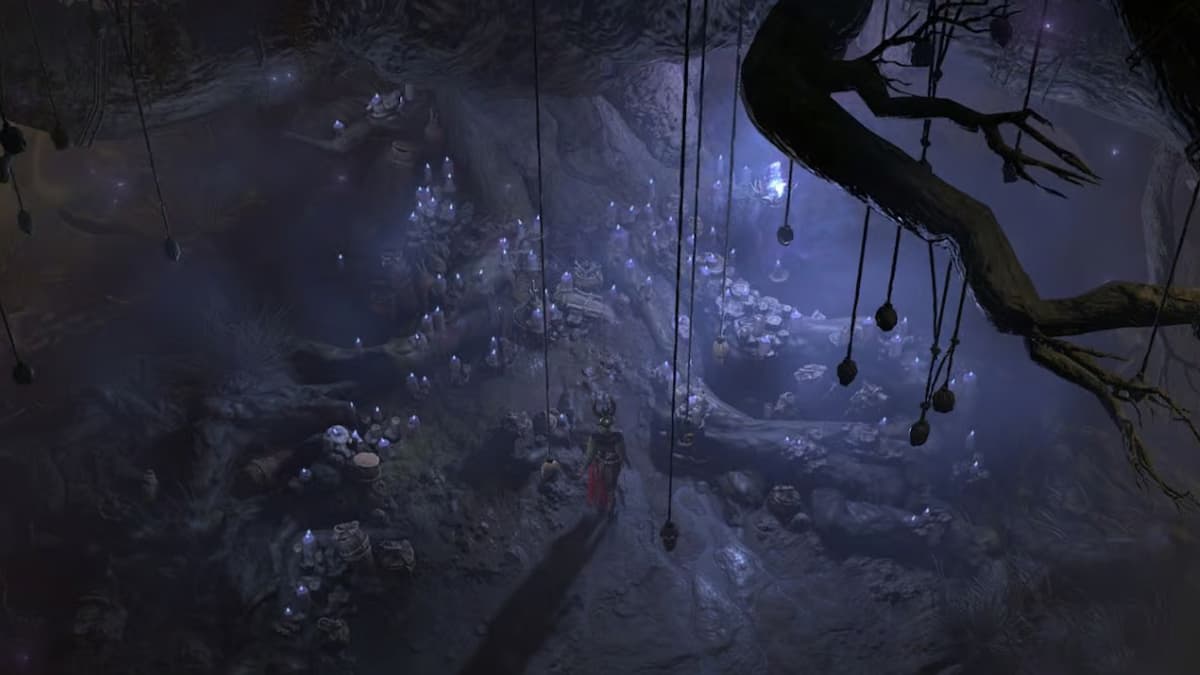



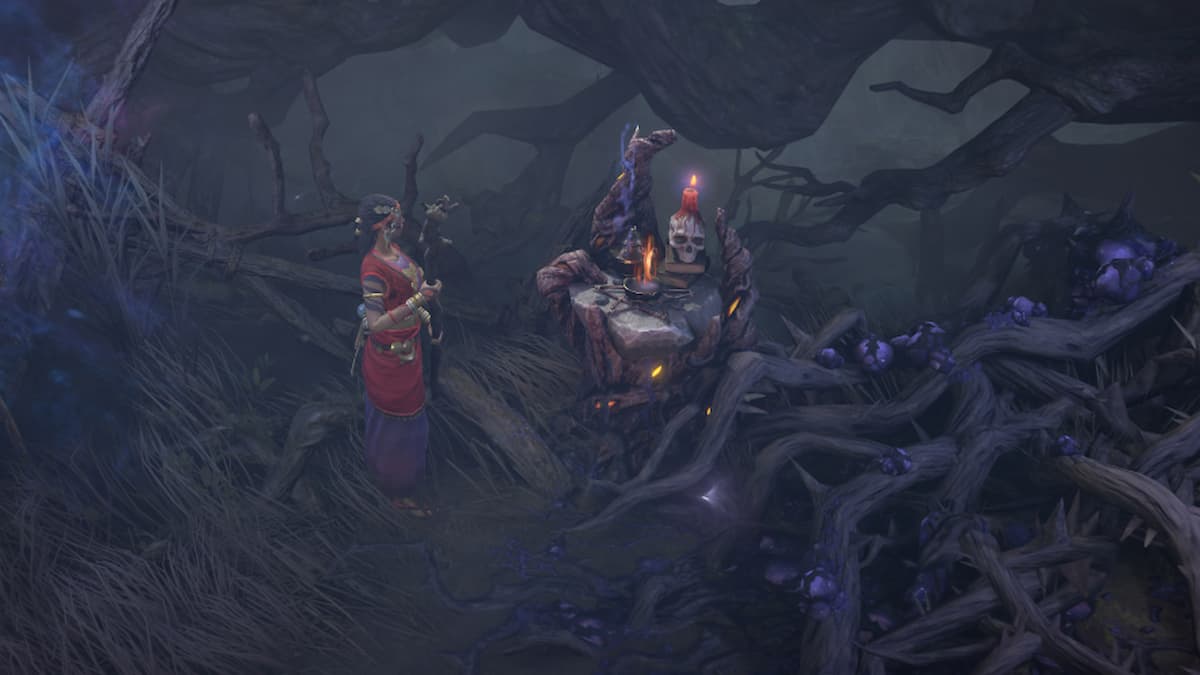



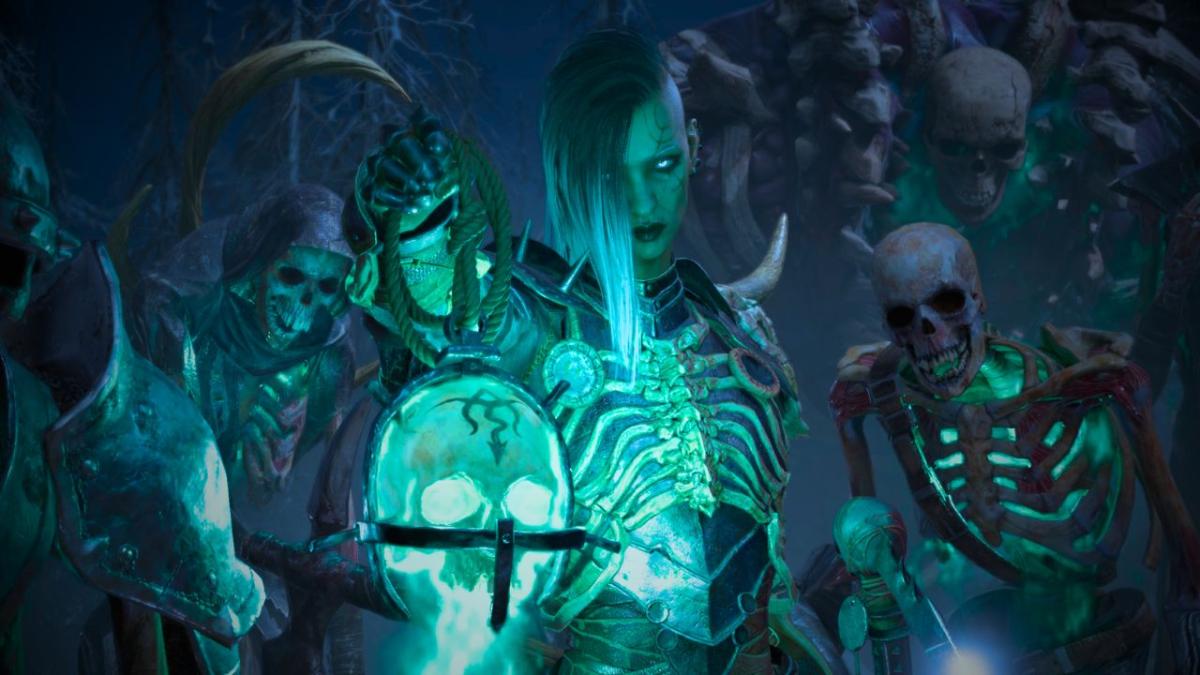

Published: Jun 6, 2023 04:41 am